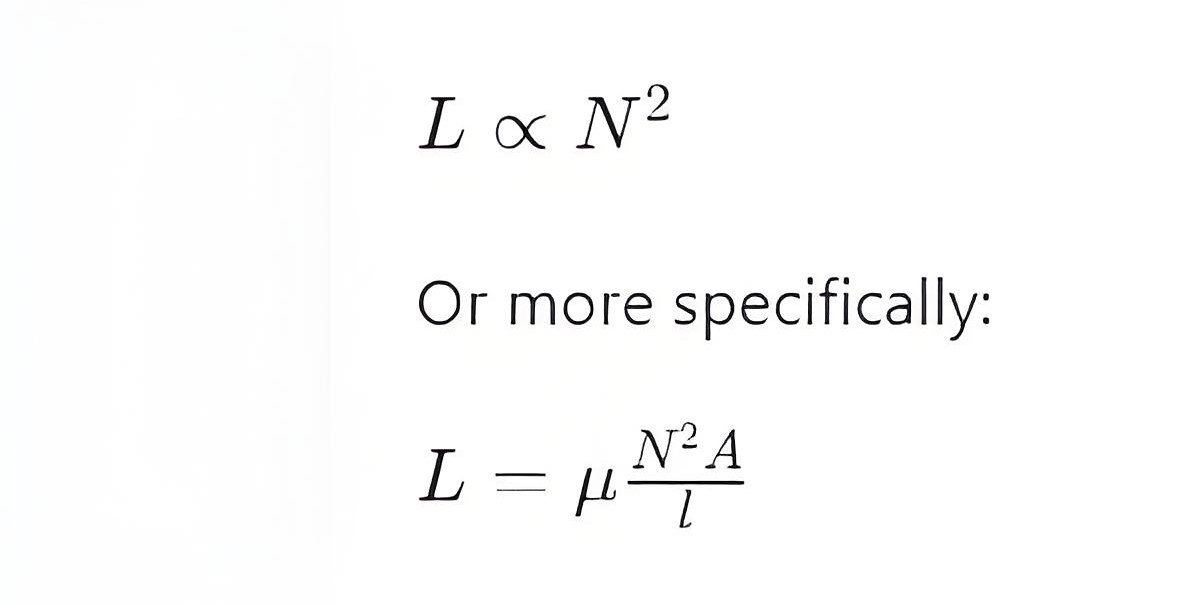What is the relationship between inductance and the number of turns in a coil?
What is the relationship between inductance and the number of turns in a coil?
The inductance (Inductance) has a direct relationship with the number of turns (Number of Turns) in a coil. Specifically, the inductance
L is proportional to the square of the number of turns N. This relationship can be expressed by the following formula:

where:
L is the inductance (unit: Henry, H)
N is the number of turns in the coil
μ is the permeability (unit: Henry/meter, H/m)
A is the cross-sectional area of the coil (unit: square meters, m²)
l is the length of the coil (unit: meters, m)
Explanation
Number of Turns
N:The more turns in the coil, the greater the inductance. This is because each additional turn increases the magnetic field strength, thus increasing the stored magnetic energy. Therefore, the inductance is proportional to the square of the number of turns.
Permeability
μ:Permeability is the magnetic property of the material. Different materials have different permeabilities. High-permeability materials (such as ferrite or iron cores) can enhance the magnetic field, thereby increasing the inductance.
Cross-sectional Area
A:The larger the cross-sectional area of the coil, the greater the inductance. This is because a larger cross-sectional area can accommodate more magnetic flux.
Length of the Coil
l:The longer the coil, the smaller the inductance. This is because a longer coil means the magnetic flux is distributed more widely, reducing the magnetic energy density per unit length.
Practical Applications
In practical applications, the inductance can be precisely controlled by adjusting the number of turns in the coil, selecting appropriate core materials, and changing the geometry of the coil. For example, in radio engineering, power filtering, and signal processing, the precise design of inductors is very important.
In summary, the inductance is proportional to the square of the number of turns in the coil, a relationship determined by fundamental principles of electromagnetism. By designing appropriately, the desired inductance value can be achieved.
The Electricity Encyclopedia is dedicated to accelerating the dissemination and application of electricity knowledge and adding impetus to the development and innovation of the electricity industry.













